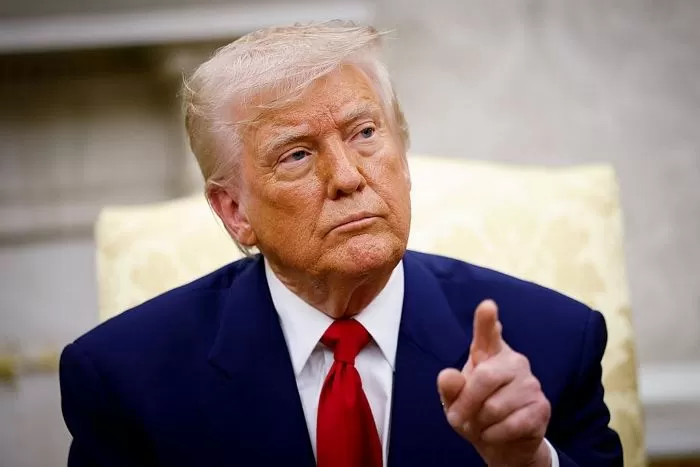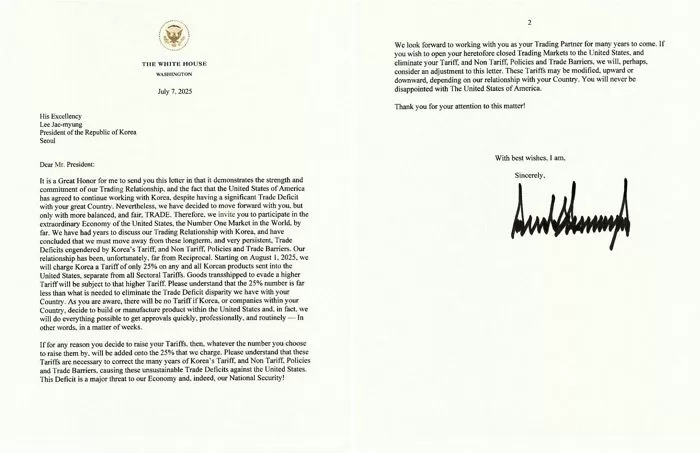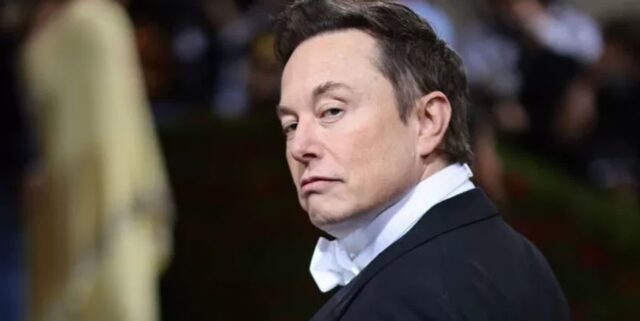President Donald Trump has sent a sharp message to South Korea, announcing plans to impose a 25% reciprocal tariff on all South Korean imports beginning August 1, 2025.
In a letter dated Monday and addressed to South Korean President Lee Jae Myung, Trump made it clear that the new tariffs are part of a broader push to pressure Seoul into making greater trade concessions.

This move signals that the tariff rate initially imposed in April will remain unchanged, reflecting a firm U.S. stance that these tariffs will be enforced unless South Korea makes significant concessions.
Trump also warned that if South Korea retaliates by raising its tariffs, those increases will be added to the existing 25% tariff. Furthermore, he cautioned that attempts to bypass the tariffs through transshipment, routing goods through third countries, could trigger even higher duties, making clear his intent to close potential loopholes.
South Korea in the Crosshairs of U.S. Trade Crackdown
Notably, Trump’s letter was addressed only to South Korea and Japan, signaling that these two countries are the primary targets of America’s current trade crackdown.
This move marks South Korea as a key focus for increased U.S. trade pressure, with an obvious intent to demand greater concessions in the future.
In the letter, Trump acknowledged, “The United States has chosen to continue cooperation with South Korea despite running a significant trade deficit,” but emphasized the need “to move toward a more balanced and fair trading relationship.”
“After years of discussions about our trade relationship, we have concluded that we must address the chronic trade deficit caused by Korea’s tariff and non-tariff barriers. Unfortunately, the relationship between our two countries has not been reciprocal,” he added.
Trump Leaves Door Open for Negotiations
While taking a tough stance, Trump also left room for negotiation.
“We look forward to continuing our cooperation as long-term allies and trade partners,” he wrote. “If your country is willing to open markets that have previously been closed to the U.S. and remove tariff and non-tariff barriers, the terms of this letter can be adjusted.” He also noted that tariffs could be increased or decreased depending on the state of bilateral relations.
At the same time, Trump set the same 25% reciprocal tariff rate for Japan, a slight increase from the 24% tariff initially imposed in April.
South Korea Pushes for Negotiations Ahead of August 1 Deadline
With the current tariff suspension set to expire on August 8, the South Korean government has secured an additional two weeks of negotiation time until August 1. It plans to make every effort to reach the best possible outcome in talks with the U.S.
Despite sending Wi Sung Lac, Director of the Presidential National Security Office, to Washington to urgently persuade U.S. officials, South Korea was unable to secure even a 1% reduction in the reciprocal tariff rate. This setback could complicate future negotiations.
South Korea’s Ministry of Trade, Industry and Energy said in a statement, “Since the new government took office, we have engaged in intense negotiations prioritizing national interests. However, realistically, there was insufficient time to reach agreement on all issues.”
The ministry added, “We view the recent letter as effectively extending the suspension of reciprocal tariffs until August 1, and we will continue negotiations moving forward.”















Comments0